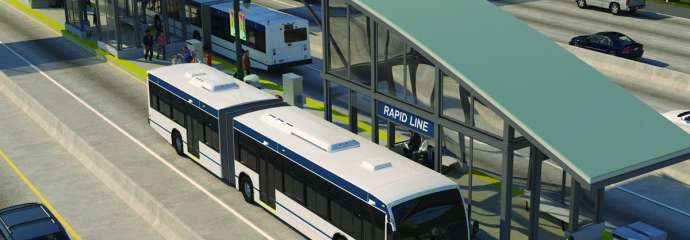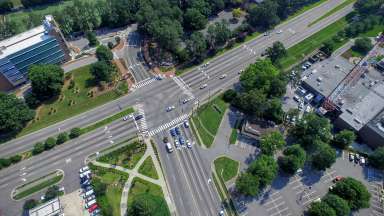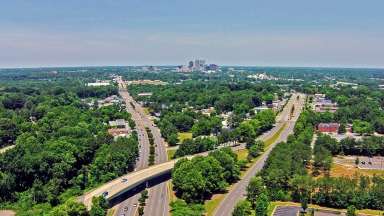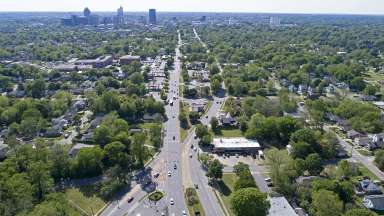Equitable Development Around Transit, or EDAT, describes a series of projects from the City of Raleigh. The City is planning for a new type of bus service called Bus Rapid Transit (BRT). The first part of this planning was called EDAT and focused on the community’s priorities for future development near transit. At the end of the EDAT process, the City published a report called the Equitable Transit-Oriented Development Guidebook. The guidebook was adopted by the City Council in early 2021. The next stage of EDAT has two parts that will start bringing the guidebook ideas to life. First, new zoning rules have been developed to encourage the type of development that will support a successful BRT system. That zoning is called Transit Overlay Districts (TOD). The second step is to create specific plans for development around each BRT station. This “Station Area Planning” focused first on New Bern Avenue BRT corridor and will be focusing on the Western and Southern BRT corridors beginning in early 2023.
Project Details
- Type:
-
Corridor Studies
- Project Lead:
-
Jason Hardin




